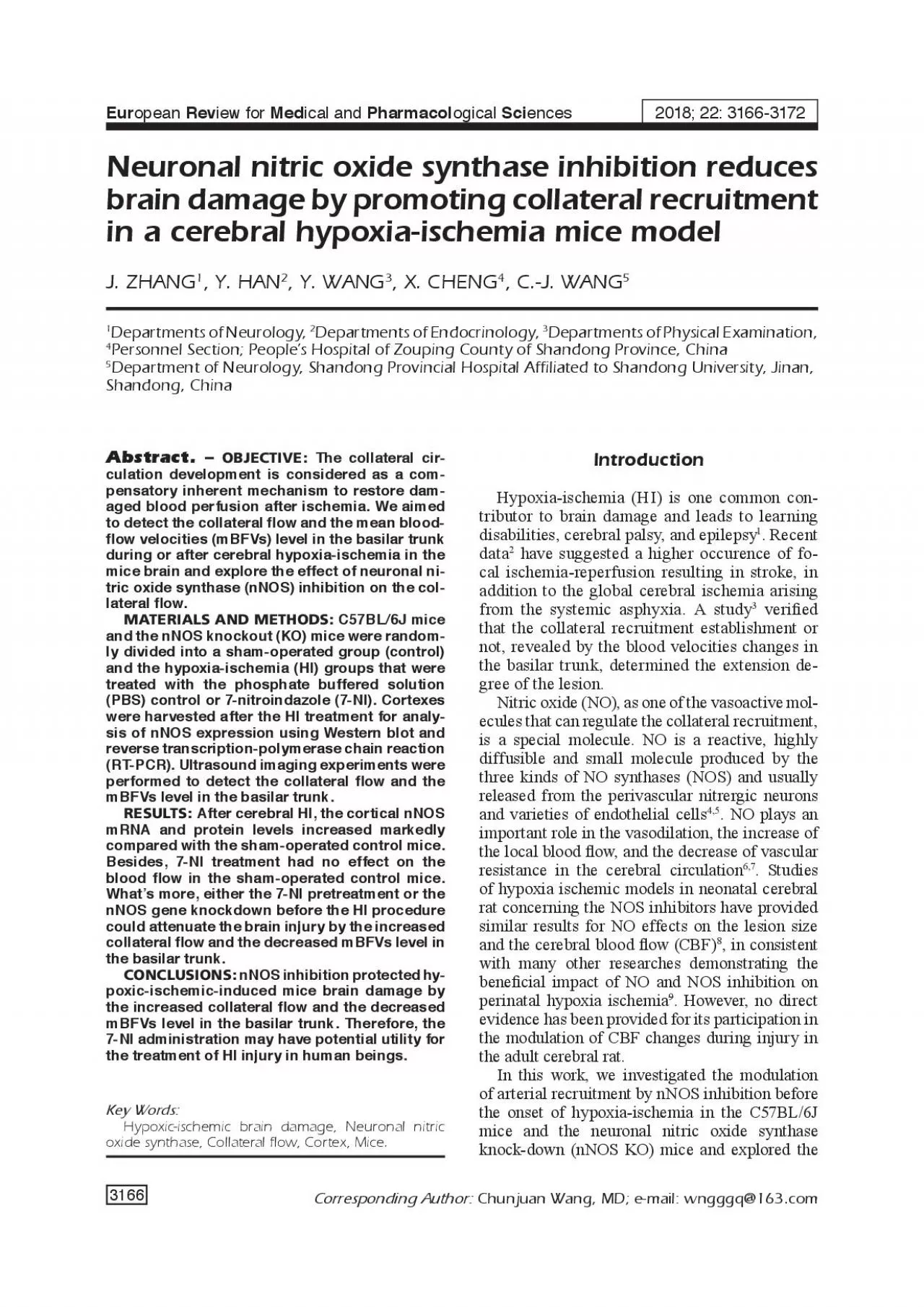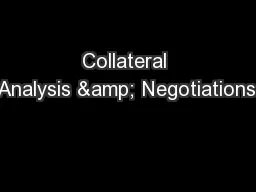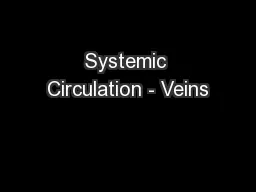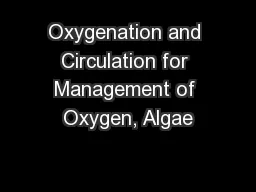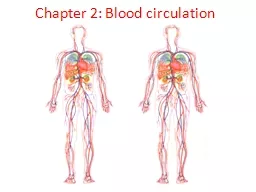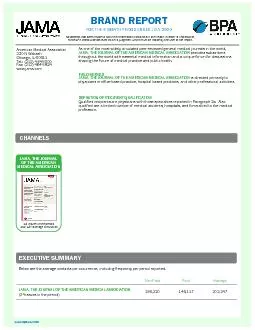PDF-Abstract OBJECTIVE The collateral circulation development is conside
Author : jade | Published Date : 2022-10-27
3166 However no direct evidence has been provided for its participation in the modulation of CBF changes during injury in the adult cerebral ratIn this work we
Presentation Embed Code
Download Presentation
Download Presentation The PPT/PDF document "Abstract OBJECTIVE The collateral circul..." is the property of its rightful owner. Permission is granted to download and print the materials on this website for personal, non-commercial use only, and to display it on your personal computer provided you do not modify the materials and that you retain all copyright notices contained in the materials. By downloading content from our website, you accept the terms of this agreement.
Abstract OBJECTIVE The collateral circulation development is conside: Transcript
Download Rules Of Document
"Abstract OBJECTIVE The collateral circulation development is conside"The content belongs to its owner. You may download and print it for personal use, without modification, and keep all copyright notices. By downloading, you agree to these terms.
Related Documents

